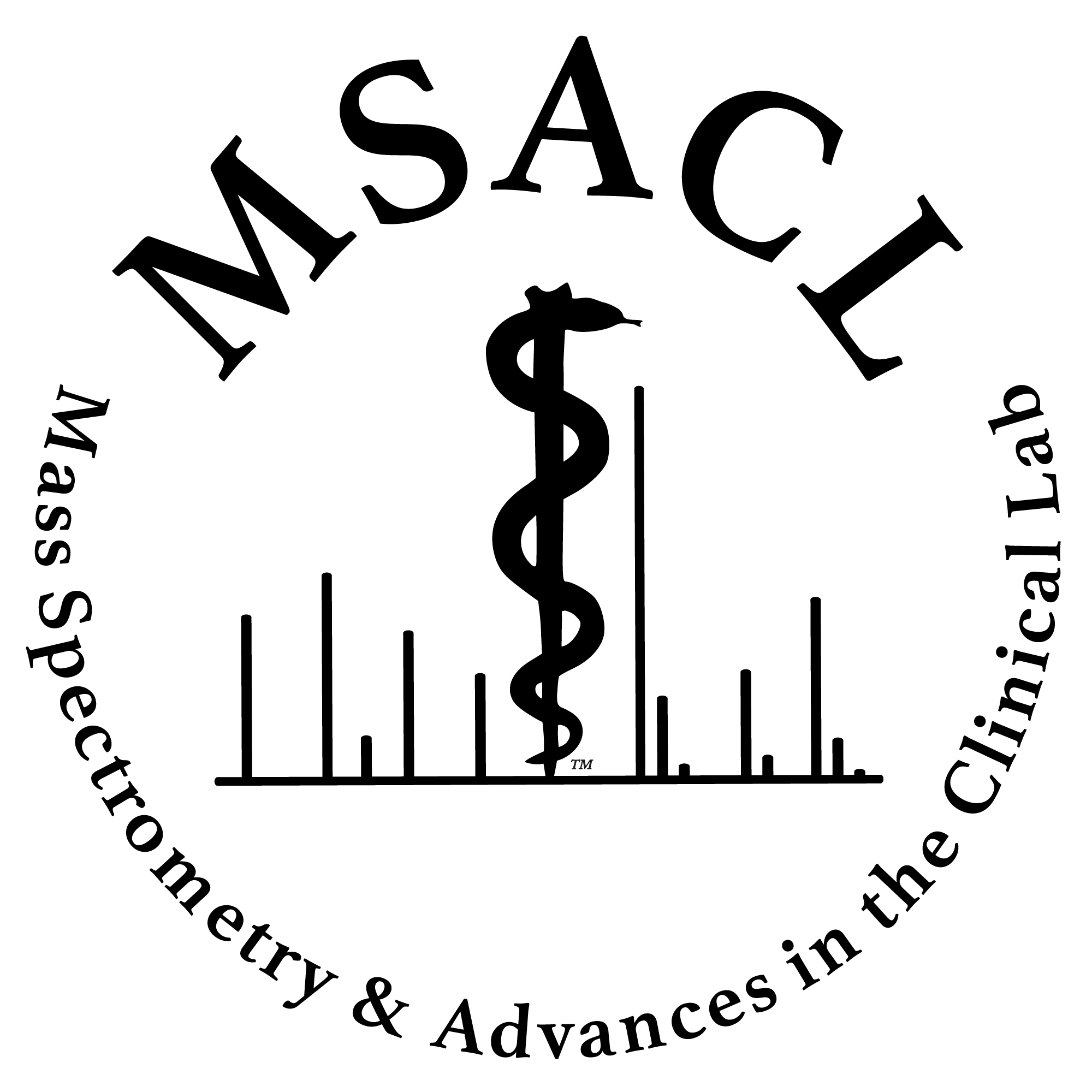MSACL 2023 Abstract
Self-Classified Topic Area(s): Tox / TDM / Endocrine
|
|
Poster Presentation
Poster #43a
Attended on Thursday at 11:00
|
|
 Analytical Method for the Separation of Isobaric Isomers of Delta 8, 9 and 10 THC and Carboxy THC Metabolites Spiked into in Synthetic Urine Utilizing LC-MS TQ Analytical Method for the Separation of Isobaric Isomers of Delta 8, 9 and 10 THC and Carboxy THC Metabolites Spiked into in Synthetic Urine Utilizing LC-MS TQ
Andre Szczesniewski
Agilent Technologies Inc., Wood Dale, IL

|
Andrzej Szczesniewski, MS (Presenter)
Agilent Technologies |
|
Presenter Bio: Graduated from University of Illinois in Champaign with master degree in Food Science. Working for over 30 years in the instrumentation industry as the applications chemist. Specializing in development and implementation of LC-MS applications for the clinical research. Expert knowledge in chromatography (from nano to preparative scale) and mass spectrometry (Single and Triple Quadruple, Ion Trap, Time of Flight and QTOF) with extensive practical knowledge in areas of small and large molecules, quantitation, proteomics, metabolites identification, forensics, clinical, toxicology, food and environmental analysis. |
|
|
|
|
Abstract Background:
This work outlines a highly sensitive, specific, and fast LC/MS/MS analytical method that was developed for the separation and quantitation if isobaric isomer of delta 8, 9 and 10 THC and carboxy THC. The described analytical method achieves high analytical sensitivity and is capable of quantitating analytes over a wide dynamic range.
Methods:
An Agilent 6495 triple quadrupole mass spectrometer with Jet Stream technology in positive electrospray mode and an Agilent Infinity II 1290 UHPLC system were utilized for this analysis. Standards spiked into urine were used for the analysis isobaric isomers. Various columns were evaluated and a Poroshell 120 EC-C18 100 x 2.1 mm, 1.9 um with a water:methanol mixture containing 0.01% Formic Acid and 5 mM Ammonium Formate gradient achieved chromatographic separation in less than 8.0 minute gradient. Quantitative analysis was performed using multiple reaction monitoring (MRM) transition pairs for each analyte and internal standards.
Results:
Good linearity and reproducibility were obtained with a concentration range from 100 pg/ml to 1000 ng/ml for all analytes with a coefficient of variation >0.995 for all sample preparation and chromatographic techniques. Excellent reproducibility was observed for all analytes (CV < 10%) for all techniques and configurations.
Conclusion:
A fast, sensitive, simple, specific, and accurate analytical LC/MS/MS method was developed and verified for the simultaneous measurement of delta 8, 9 and 10 THC and Carboxy THC metabolite spiked into synthetic urine. Future work will include testing different matrixes and checking for interferences that may impact the quantitation of any of the compounds in the analytical method.
|
|
Financial Disclosure
| Description | Y/N | Source |
| Grants | no | |
| Salary | no | |
| Board Member | no | |
| Stock | no | |
| Expenses | no | |
| IP Royalty | yes | |
| Planning to mention or discuss specific products or technology of the company(ies) listed above: |
no |
|

